COVID stimulus was nice in theory—Increase economic activity by giving people more money to spend.
Brian's Blog
But ultimately, all that money went BACK to the government.
If you take a look at the charts below,
You can see both the money supply and the deposit curve increase by $5T in roughly the same time period.
So all that stimulus for the people ends up being held by the banks.
Makes perfect sense considering that’s where most people store their money.
The only problem is this put MASSIVE strain on banks’ balance sheets.
$5T of demand deposits—and nobody wants a loan.
So what do the banks do?
They buy bonds and invest in residential housing through government agencies.
AKA—loaning the money back to the government.
Then, when the government raised rates and forced the tide back out,
Everyone got to see which banks weren’t covering themselves and were swimming naked.
Unprecedented circumstances like these call for more diligence than ever from banks.
Do your due diligence.
Don’t get caught with your pants down.


--
Digging deep on banks is what I do.
🔔 Follow Brian on Linkedin: Brian Pillmore
Similar Articles

Brian's Banking Blog
Largest Banks in Texas: A Data-Driven Analysis for Executive Leadership

Brian's Banking Blog
Top Stakeholder Engagement Strategies for Banking Executives
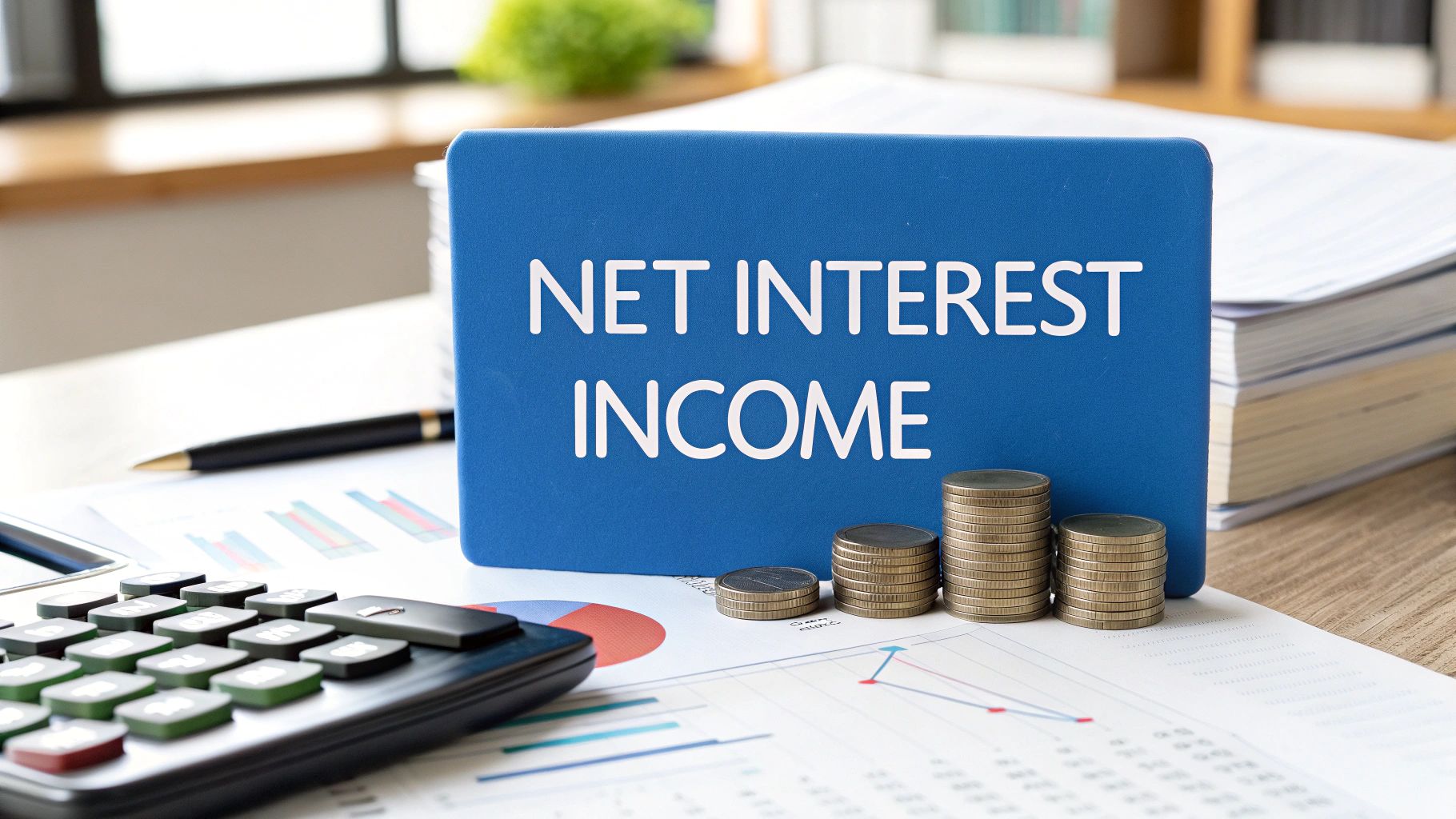
Brian's Banking Blog
Optimizing Net Interest Income for Bank Profitability

Brian's Banking Blog
Loan to Deposit Ratio Definition: A Strategic Guide for Bank Executives
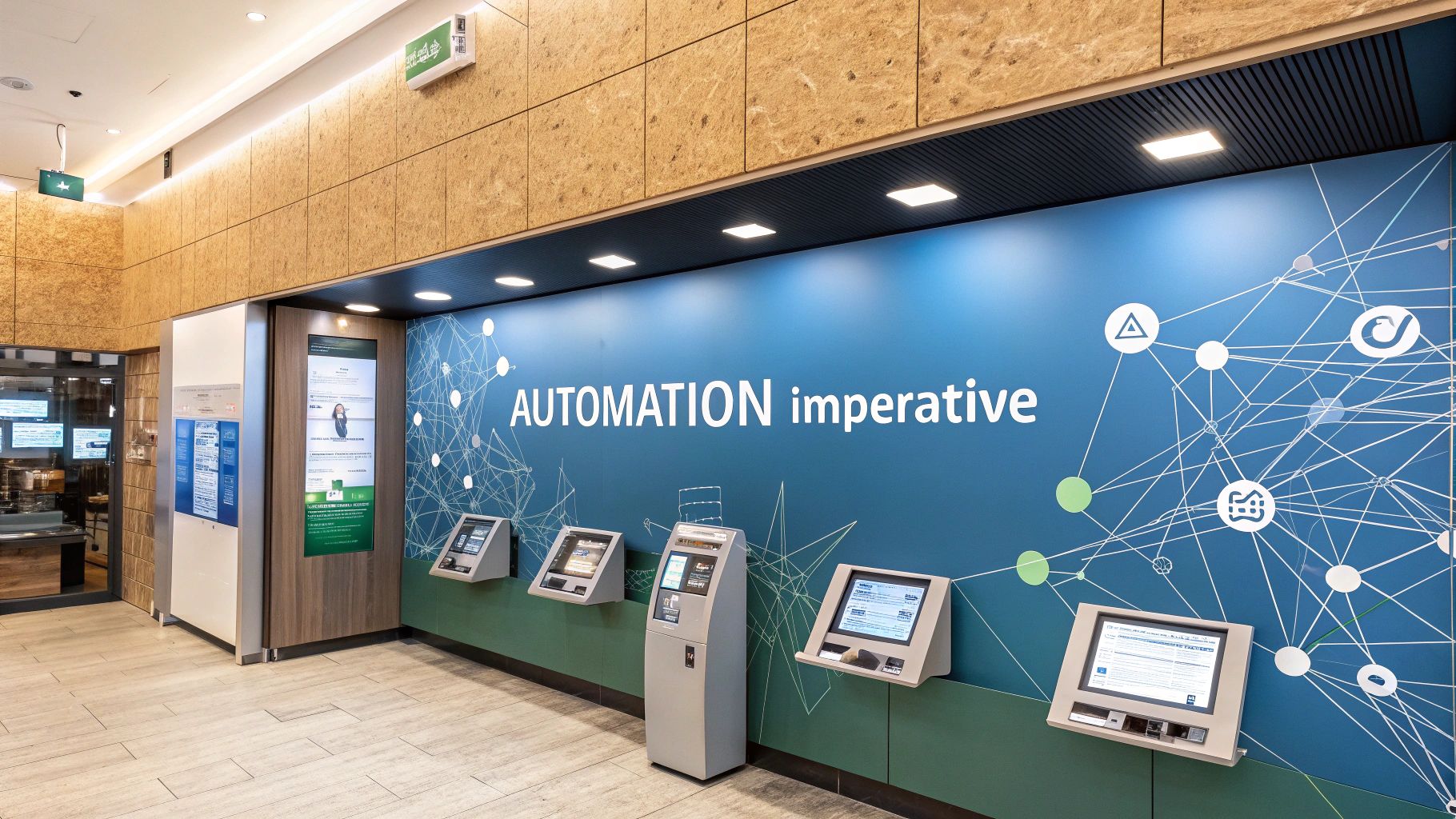
Brian's Banking Blog
Automation in Banks: A Strategic Growth Imperative

Brian's Banking Blog
8 Historic Banks That Merged: Lessons for Today's Executive
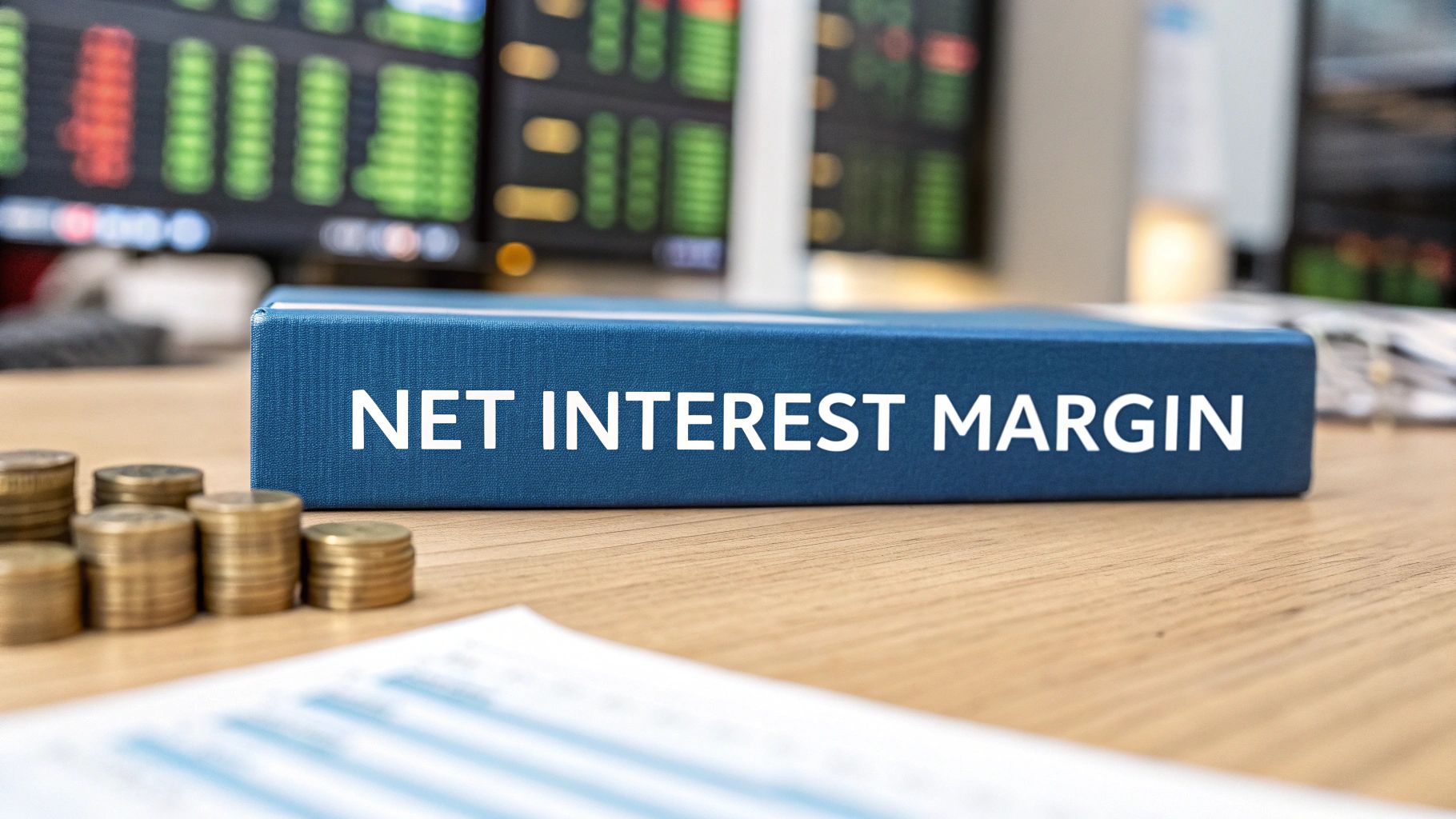
Brian's Banking Blog
Net Interest Margin in Banks: A Strategic Guide for Executives

Brian's Banking Blog
Top Internal Audit Best Practices for Banking Leaders in 2025
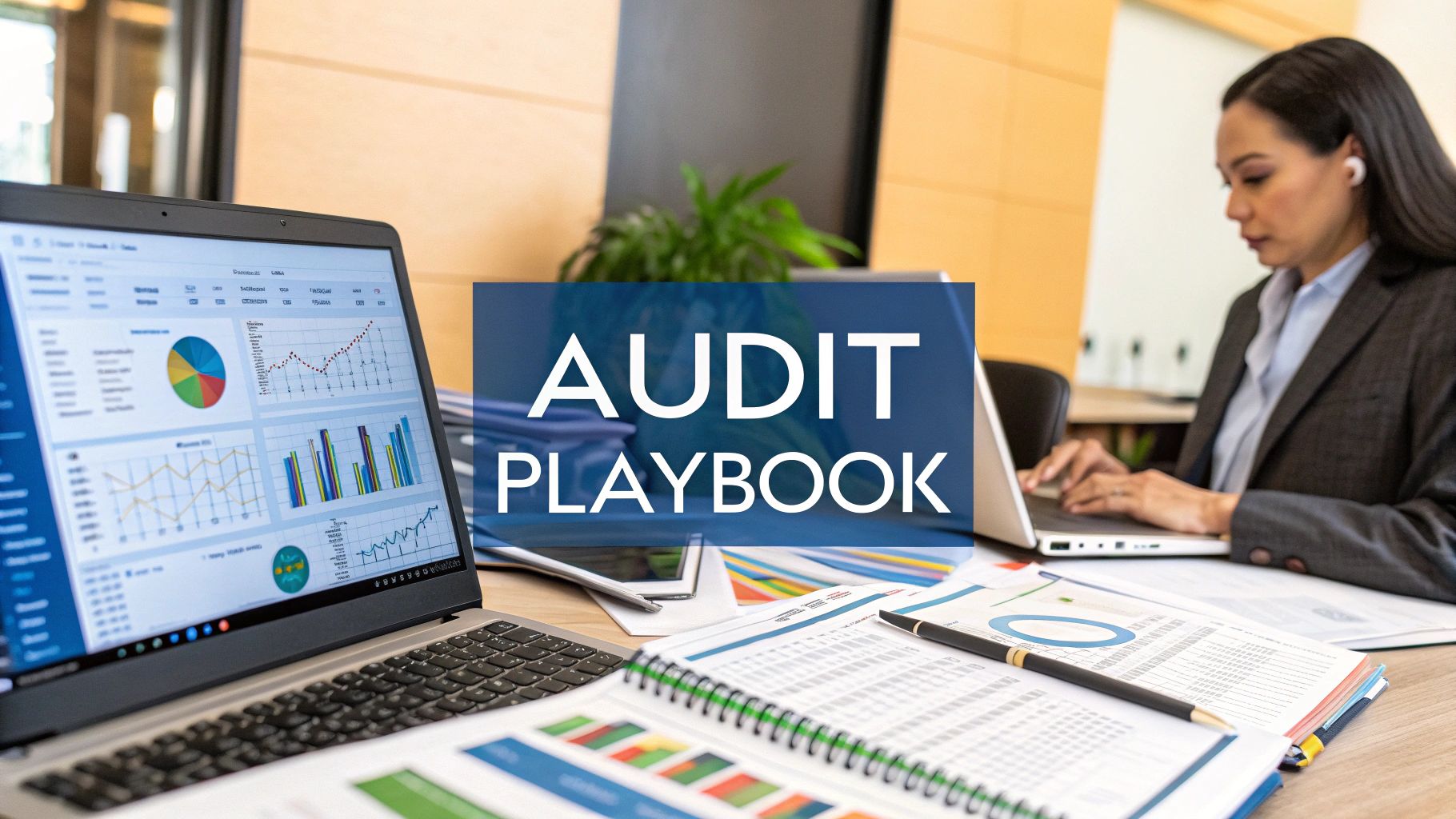
Brian's Banking Blog
A New Playbook for the Modern Bank Audit
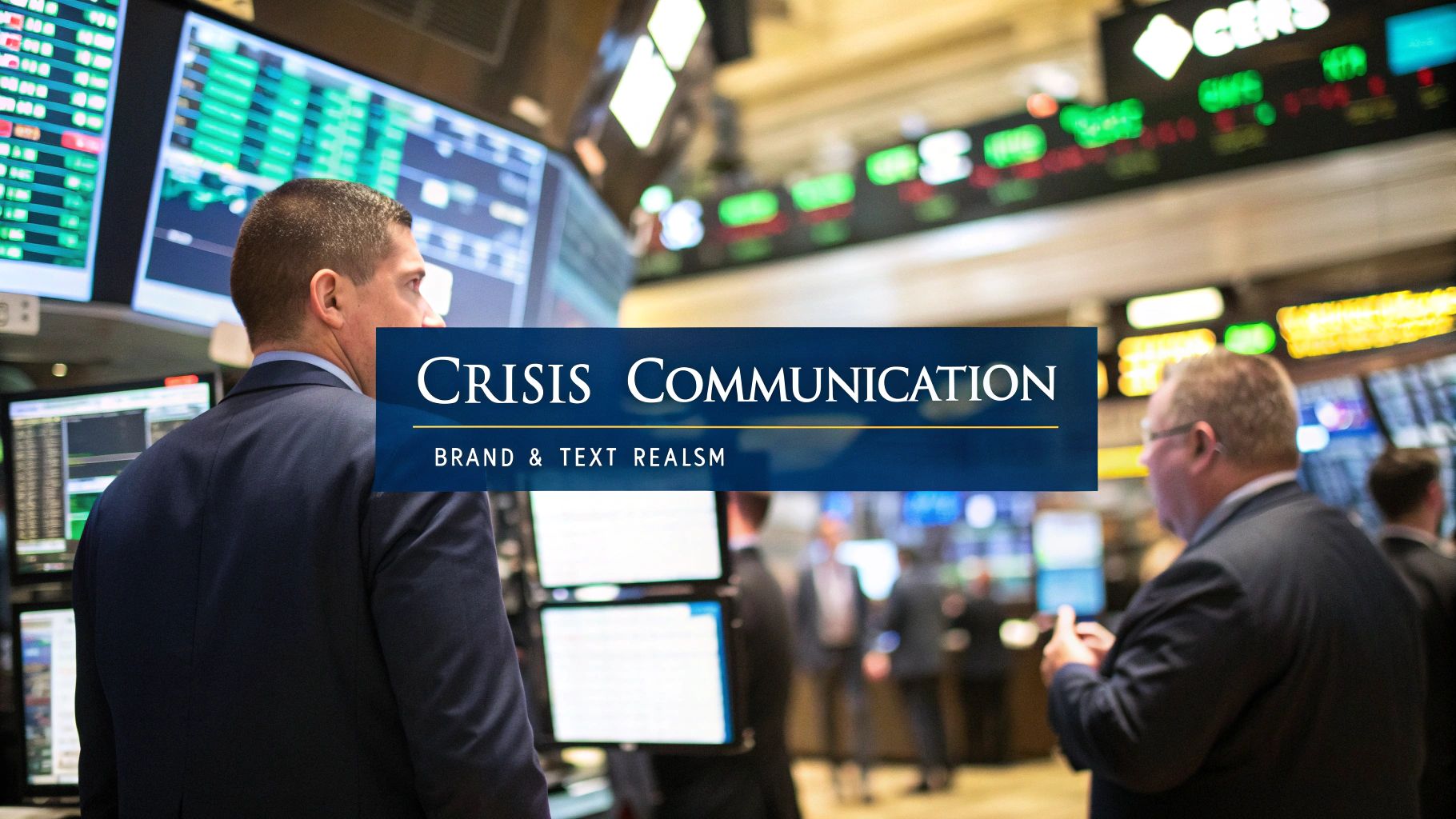
Brian's Banking Blog